Home>Furniture>Outdoor Furniture>How To Make My Concrete Patio Look Better
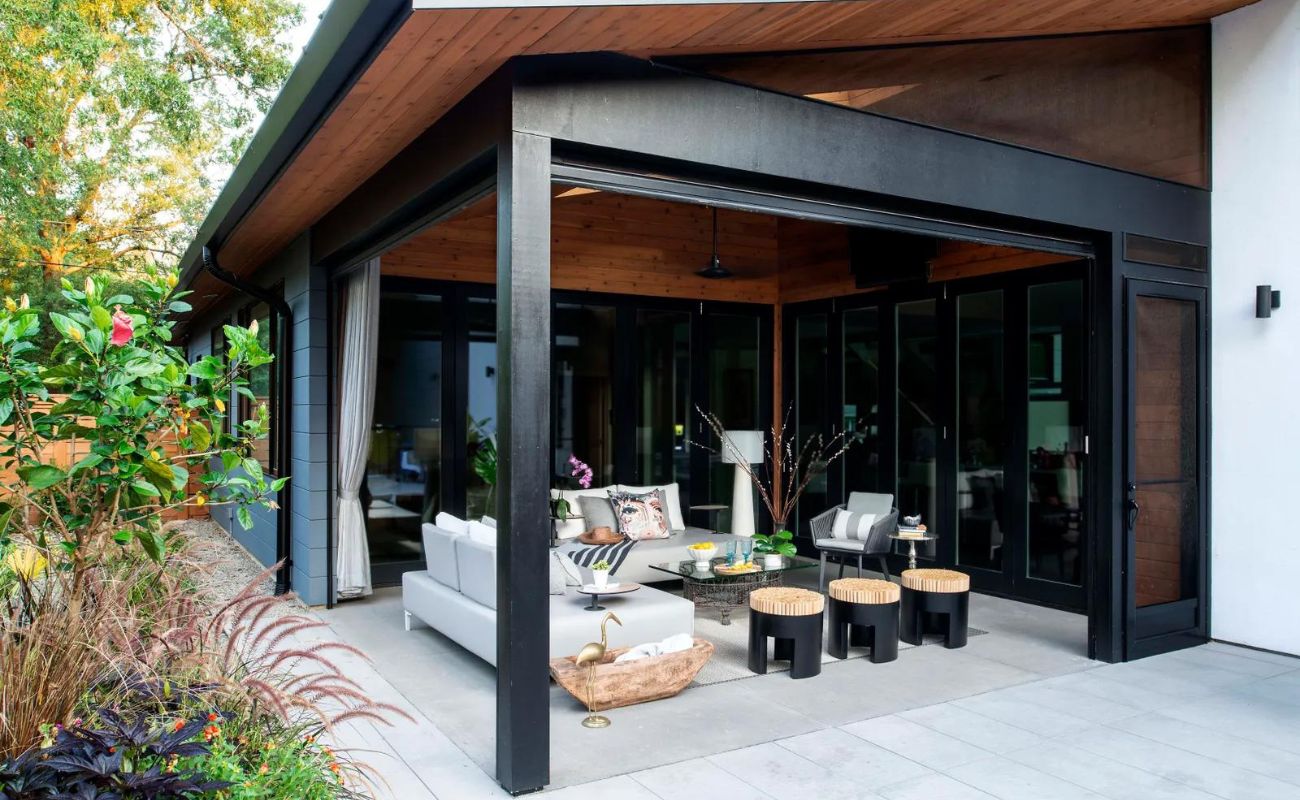

Outdoor Furniture
How To Make My Concrete Patio Look Better
Modified: September 1, 2024
Enhance the look of your concrete patio with stylish outdoor furniture. Transform your outdoor space into a comfortable and inviting area for relaxation and entertaining.
(Many of the links in this article redirect to a specific reviewed product. Your purchase of these products through affiliate links helps to generate commission for Storables.com, at no extra cost. Learn more)
Introduction
Welcome to the world of outdoor entertainment and relaxation! If you have a concrete patio, you already have a great foundation for creating an inviting outdoor space. However, you may find yourself wondering how to make your concrete patio look better and truly transform it into a picturesque oasis.
Fortunately, there are several simple yet effective ways to enhance the appearance of your concrete patio, giving it a fresh and stylish makeover. Whether you want to add color, texture, or a touch of elegance, you can easily achieve your desired look with the right techniques and materials.
In this article, we will guide you through the process of making your concrete patio look better, allowing you to maximize its potential and create an outdoor area you can truly be proud of. So, let’s dive in and explore the various options that will help transform your plain concrete patio into a stunning outdoor retreat.
Key Takeaways:
- Transform your concrete patio into a picturesque oasis by assessing, cleaning, repairing, and enhancing its appearance with stains, overlays, and decorative techniques. Complete the look with outdoor furniture and accessories for a stunning outdoor retreat.
- Create a beautiful and inviting outdoor space by following simple steps to assess, clean, repair, and enhance your concrete patio. Add color, texture, and personality with stains, overlays, and decorative techniques, then complete the look with outdoor furniture and accessories.
Read more: How To Make Concrete Porch Look Better
Assessing the Current Condition of Your Concrete Patio
Before you begin any renovations or enhancements, it’s important to assess the current condition of your concrete patio. This step will help you identify any existing issues or damage that should be addressed before moving forward.
Start by thoroughly inspecting the entire surface of your patio. Look for any cracks, chips, or areas of unevenness. Additionally, check for discoloration or stains that may have developed over time. This assessment will help you determine the best course of action and the necessary repairs or improvements needed.
If you notice minor cracks or chips, you may be able to repair them yourself using a concrete patching compound. However, larger or more extensive damage may require professional assistance. It’s important to address these repairs before moving on to the next steps, as they can affect the overall aesthetic and longevity of your patio.
Furthermore, take note of any drainage issues. A properly functioning patio should have adequate water run-off to prevent pooling or flooding. If you notice any areas where water accumulates or does not drain properly, it may be necessary to make adjustments to the grading or add drainage solutions.
Lastly, consider the overall layout and design of your patio. Does it effectively utilize the available space? Are there any areas that feel cramped or underutilized? Assessing the layout will help you determine if there are any opportunities to improve functionality and create a more visually appealing arrangement.
By thoroughly assessing the current condition of your concrete patio, you can address any necessary repairs and plan your enhancements accordingly. This step will ensure that you have a solid foundation for transforming your patio into the outdoor oasis of your dreams.
Cleaning and Preparing the Surface
Once you have assessed the condition of your concrete patio, the next step is to thoroughly clean and prepare the surface. This is an essential step in ensuring that any applied coatings or enhancements adhere properly and yield the desired results.
Start by sweeping the patio to remove any loose dirt, leaves, or debris. Use a broom or leaf blower to clear the surface effectively. Next, use a power washer to deep-clean the concrete. This will remove any stubborn dirt, grime, or stains that may have accumulated over time.
For tough stains, you may need to use a concrete cleaner or degreaser. Follow the manufacturer’s instructions for application and allow the cleaner to penetrate the surface for the recommended amount of time. Then, scrub the stained areas with a stiff brush to loosen and remove the stain.
Once the cleaning process is complete, thoroughly rinse the patio with clean water. Ensure that all cleaning chemicals are completely removed to prevent any interference with subsequent treatments or coatings.
After cleaning, it’s important to allow the concrete to dry completely before proceeding with any further steps. Depending on climate conditions, this may take a couple of days or more. Proper drying is crucial to ensure that any coatings or enhancements bond effectively with the surface.
During the drying period, it’s essential to protect the patio from any moisture or foot traffic. Place caution tape or barriers around the perimeter to prevent accidental damage or premature wear and tear.
By cleaning and preparing the surface of your concrete patio thoroughly, you create the ideal base for the next steps in enhancing its appearance. This step not only improves the overall aesthetics but also ensures the longevity and durability of the applied treatments.
Repairing Cracks and Damages
Repairing any cracks or damages on your concrete patio is a crucial step in ensuring its longevity and overall visual appeal. Cracks not only detract from the aesthetic beauty of your patio but can also lead to further deterioration if left unaddressed. Fortunately, repairing these issues is relatively straightforward and can be done using readily available materials.
For small hairline cracks, you can use a concrete patching compound to fill in the gaps. Begin by cleaning the crack and removing any loose debris or particles. Then, follow the manufacturer’s instructions to mix the patching compound and apply it to the crack, using a trowel or putty knife. Smooth out the surface and ensure it is level with the surrounding concrete. Allow the patch to dry and cure as per the instructions before proceeding with the next steps.
For larger cracks or areas of significant damage, you may need to use a concrete resurfacer. This is a thicker compound that is applied as a thin overlay, effectively covering and repairing the damaged area. Again, clean the area thoroughly and follow the product instructions to mix and apply the resurfacer. Use a trowel or squeegee to spread the compound evenly over the damaged surface, filling in any gaps or unevenness. Smooth out the surface and ensure it is level with the surrounding concrete. Allow the resurfacer to dry and cure according to the manufacturer’s recommendations.
In some cases, you may encounter deep or wide cracks that require additional reinforcement. In such instances, it may be necessary to use concrete reinforcement materials or epoxy injections to provide structural support to the affected area. If you are unsure about the severity of the damage or the appropriate repair method, it is best to consult a professional contractor to ensure proper assessment and repair.
By repairing cracks and damages on your concrete patio, you not only improve its appearance but also prevent further deterioration. This step is essential to maintain the structural integrity of your patio and create a solid foundation for the following enhancements.
Enhancing the Appearance with Concrete Stain
If you’re looking to add color and depth to your concrete patio, applying a concrete stain is an excellent option. Concrete stain allows you to transform the look of your patio while still maintaining the natural texture and characteristics of the concrete.
Before applying the stain, it’s crucial to clean and prepare the surface of your patio, as mentioned earlier. This ensures that the stain adheres properly and provides long-lasting results. Once the surface is clean and dry, you can begin the staining process.
There are two types of concrete stain: acid-based stain and water-based stain. Acid-based stains penetrate the concrete surface and create rich, variegated colors. Water-based stains, on the other hand, offer a wider range of color options and are easier to apply, making them a popular choice for DIY projects.
To apply the stain, start by protecting the surrounding areas, such as vegetation and adjacent surfaces, with drop cloths or plastic sheeting. Then, using a sprayer, roller, or brush, apply the stain evenly across the surface. Work in small sections to ensure consistent coverage.
It’s important to follow the manufacturer’s instructions regarding application techniques, drying times, and any additional coats required. Some stains may require a second or even third coat to achieve the desired color intensity. Allow each coat to dry completely before applying the next one.
Once the stain has fully dried, it’s recommended to apply a sealer to protect the color and enhance the longevity of the finish. A concrete sealer not only provides a protective barrier against stains, chemicals, and UV rays but also adds a glossy or satin finish to your patio.
By applying a concrete stain, you can completely transform the look of your patio, adding visual interest and depth. Whether you prefer earthy tones, vibrant hues, or a more subtle color palette, concrete stain allows you to customize your patio to suit your style.
Remember, the key to achieving a professional-looking result is proper surface preparation, following the manufacturer’s instructions, and taking your time during the staining process. With the right approach, your concrete stain can breathe new life into your patio and create a stunning outdoor space.
Consider staining or painting your concrete patio to give it a fresh new look. There are many color options available, and it can help cover up any imperfections in the concrete. Just make sure to properly clean and prepare the surface before applying the stain or paint.
Read more: How To Make My Grass Look Better
Applying Decorative Concrete Overlays
If you are looking to completely transform the appearance of your concrete patio, decorative concrete overlays offer a versatile and creative solution. Concrete overlays allow you to achieve a variety of textures, patterns, and finishes, giving your patio a unique and personalized look.
The first step in applying a decorative concrete overlay is to prepare the surface by cleaning and repairing it, as mentioned earlier. This ensures that the overlay bonds properly and results in a durable and long-lasting finish.
Concrete overlays can be applied in various thicknesses, depending on the desired effect. Thicker overlays can be used to create a textured and rustic look, while thinner overlays provide a smoother and more refined finish. The overlays are typically made of a polymer-modified cementitious material that can be mixed and troweled onto the existing concrete surface.
During the application process, it’s important to work in small sections and maintain a consistent thickness throughout. Use a trowel, squeegee, or troweled-on texture mats to spread and manipulate the overlay material, creating the desired texture or pattern. You can also incorporate decorative elements like aggregates, color additives, and imprinting tools to further enhance the aesthetic appeal.
Once the overlay has been applied, it needs to cure according to the manufacturer’s instructions. This typically involves allowing it to dry for a specific period and avoiding foot traffic during this time. After the curing process is complete, you may need to apply a protective sealer to enhance the longevity and durability of the overlay.
Decorative concrete overlays offer endless possibilities, allowing you to mimic the look of natural stone, tile, brick, or even custom designs. From modern and sleek to rustic and traditional, the choice is yours in creating a truly unique patio surface.
It is worth noting that applying a decorative concrete overlay requires some level of skill and expertise. If you are not confident in your abilities, it is recommended to consult a professional who specializes in decorative concrete work to ensure optimal results.
By applying a decorative concrete overlay, you can completely transform the appearance of your patio, giving it a one-of-a-kind look that reflects your personal style and preferences.
Using Concrete Stencils or Stamps for a Unique Look
If you want to add a touch of uniqueness and character to your concrete patio, using stencils or stamps is a fantastic option. These techniques allow you to create intricate patterns, designs, or textures that mimic the appearance of various materials, such as brick, stone, or tile.
Before using stencils or stamps, it is important to prepare the surface by cleaning and repairing it, as mentioned earlier. Additionally, ensure that the concrete is properly cured and free of any moisture or contaminants before proceeding.
To use stencils, select the desired pattern or design and secure the stencil to the prepared concrete surface. Use a roller or sprayer to apply a concrete overlay or colored concrete mixture over the stencil, ensuring even coverage. Once the overlay or mixture has dried but is still slightly tacky, carefully remove the stencil to reveal the intricate design underneath.
If you prefer a textured look, stamping is an excellent option. Similar to stenciling, you will need a concrete overlay or colored concrete mixture. Choose the desired stamp pattern, such as cobblestone, slate, or wood grain. Press the stamp firmly onto the concrete surface, ensuring complete contact between the stamp and the material. Repeat the stamping process, taking care to align the patterns and maintain a consistent texture across the patio. Allow the stamped concrete to dry and cure before proceeding.
After stenciling or stamping, it is important to protect the surface with a high-quality concrete sealer. The sealer not only enhances the appearance of the stenciled or stamped concrete but also provides protection against staining, UV rays, and other outdoor elements.
Using concrete stencils or stamps can truly transform your patio by adding a unique and visually appealing design element. Whether you want to create a rustic cobblestone pathway, a sleek and modern tiled look, or a warm and inviting wood grain texture, the possibilities are endless.
While stenciling and stamping can be done as a DIY project, it is important to follow instructions carefully and practice the technique before applying it to the entire patio surface. If you prefer, consult a professional who specializes in decorative concrete work to ensure expert results.
By using concrete stencils or stamps, you can create a truly custom and eye-catching look for your patio, making it a captivating and inviting space for outdoor entertaining and relaxation.
Adding a Protective Sealant
Once you have enhanced the appearance of your concrete patio with stains, overlays, or decorative techniques, it’s essential to add a protective sealant. A sealant not only enhances the overall look of your patio but also provides a layer of protection against the elements, foot traffic, and stains.
Before applying a sealant, ensure that the surface is clean and completely dry. Remove any debris or loose particles, and if necessary, use a mild detergent or concrete cleaner to remove any stains or residue. Allow the patio to dry thoroughly before proceeding.
When selecting a sealant, consider factors such as the level of durability, the desired finish (glossy or matte), and the level of UV resistance. There are different types of sealants available, including solvent-based acrylic, water-based acrylic, and penetrating sealers. It’s important to choose a sealant that is compatible with the specific needs and characteristics of your patio.
To apply the sealant, start by protecting any surrounding areas or vegetation with drop cloths or plastic sheeting. Use a roller, sprayer, or brush to evenly spread the sealant over the entire surface of the patio. Work in small sections and be sure to apply a consistent layer to ensure proper coverage and protection.
Follow the manufacturer’s instructions for drying times and any recommended additional coats. In most cases, a second coat may be necessary to achieve optimal coverage and durability. Allow the sealant to fully dry and cure before allowing foot traffic or placing any furniture or accessories on the patio.
By applying a protective sealant, you not only enhance the appearance of your patio but also ensure its longevity and durability. The sealant creates a barrier that protects the surface from damage caused by moisture, UV rays, stains, and general wear and tear.
It’s important to note that sealants are not permanent and may need to be reapplied periodically, depending on the level of use and exposure to the elements. Regular maintenance, such as cleaning the surface and resealing as needed, will help preserve the integrity and appearance of your patio.
Adding a protective sealant is the final step in the process of making your concrete patio look better. It not only enhances the visual appeal but also helps extend the life and maintain the beauty of your outdoor space.
Installing Outdoor Furniture and Accessories
Now that you have transformed your concrete patio into a stunning outdoor space, it’s time to complete the look by adding outdoor furniture and accessories. This step will not only enhance the functionality and comfort of your patio but also provide the finishing touch to create an inviting and enjoyable outdoor retreat.
Start by determining the layout and design of your patio. Consider the available space, traffic flow, and the activities you plan to enjoy in the area. This will help you decide on the type and size of furniture that will fit best.
When selecting outdoor furniture, consider durability and weather resistance. Opt for materials such as aluminum, teak, or resin wicker that can withstand the elements and require minimal maintenance. Cushions and pillows should be made from outdoor-grade fabrics that are fade-resistant and water-repellent.
Arrange your furniture to create functional seating areas, dining spaces, or lounging spots, depending on your preferences and needs. Utilize the features of your patio, such as corners or nooks, to maximize space and create cozy gathering areas.
In addition to furniture, accessorize your patio to add personality and style. Consider incorporating elements such as outdoor rugs, throw pillows, and outdoor curtains to enhance the ambiance and create a cozy atmosphere. Outdoor lighting, such as string lights or lanterns, can also add a warm and inviting glow to your patio space.
Don’t forget to include practical accessories like an outdoor umbrella or a pergola to provide shade on sunny days. A fire pit or outdoor heater can extend the usability of your patio into the cooler seasons, allowing you to enjoy the space year-round.
Lastly, add greenery and plants to bring life and beauty to your patio. Choose low-maintenance plants or consider container gardening for added flexibility and easy care. Plants not only provide a touch of nature but also help to create a more tranquil and refreshing environment.
By installing outdoor furniture and accessories, you create a functional and inviting space where you can relax, entertain, and enjoy the outdoors. With the right furnishings and thoughtful accents, you can transform your concrete patio into a true extension of your home.
Remember, it’s important to take care of your outdoor furniture and accessories by regularly cleaning and protecting them from the elements. This will help prolong their lifespan and maintain their appearance for years to come.
With the addition of outdoor furniture and accessories, your concrete patio is now complete, providing a beautiful and functional outdoor oasis where you can escape the pressures of daily life and enjoy the pleasures of outdoor living.
Read more: How To Make My Driveway Look Better
Conclusion
Congratulations! You have successfully transformed your plain concrete patio into a stunning outdoor space that you can be proud of. By following the steps outlined in this article, you have learned how to make your concrete patio look better and truly create a picturesque oasis.
Assessing the condition of your patio, cleaning and preparing the surface, and repairing any cracks or damages provided a solid foundation for the enhancements to come. Applying concrete stain, decorative overlays, stencils or stamps, and adding a protective sealant allowed you to add color, texture, and unique designs to your patio surface.
Finally, installing outdoor furniture and accessories completed the look, providing comfort and functionality to your outdoor space. The furniture, accessories, and greenery added personality and style, turning your patio into a true extension of your home.
Remember, maintaining your newly enhanced patio is key to preserving its beauty and longevity. Regular cleaning, resealing as needed, and protecting your furniture and accessories from the elements will ensure that your patio continues to be a welcoming and enjoyable space for years to come.
Whether you’re hosting outdoor gatherings, enjoying quiet moments of relaxation, or simply basking in the beauty of your transformed patio, you can now fully embrace the joys and benefits of outdoor living.
So go ahead, invite your friends and family over, and take pride in showing off your beautifully upgraded concrete patio. Immerse yourself in the serenity of the outdoors, and create lasting memories in your own little outdoor haven.
Enjoy your newly transformed concrete patio and all the love and laughter it will bring into your life!
Frequently Asked Questions about How To Make My Concrete Patio Look Better
Was this page helpful?
At Storables.com, we guarantee accurate and reliable information. Our content, validated by Expert Board Contributors, is crafted following stringent Editorial Policies. We're committed to providing you with well-researched, expert-backed insights for all your informational needs.
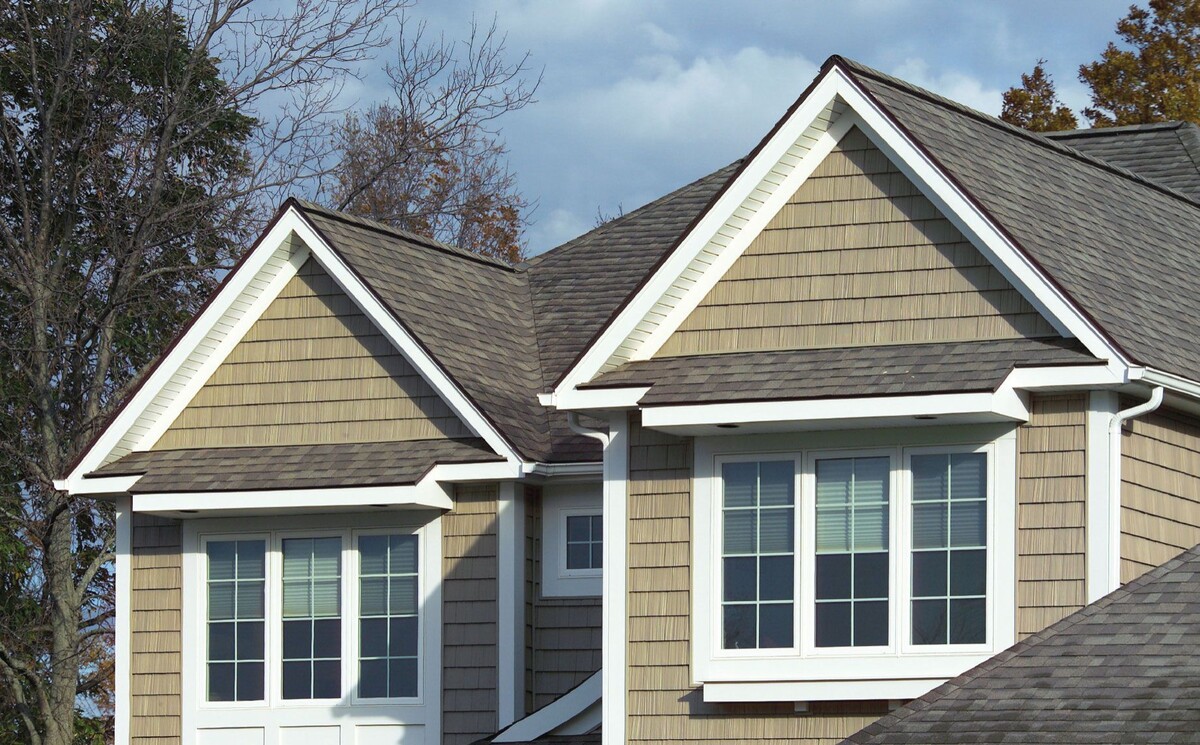
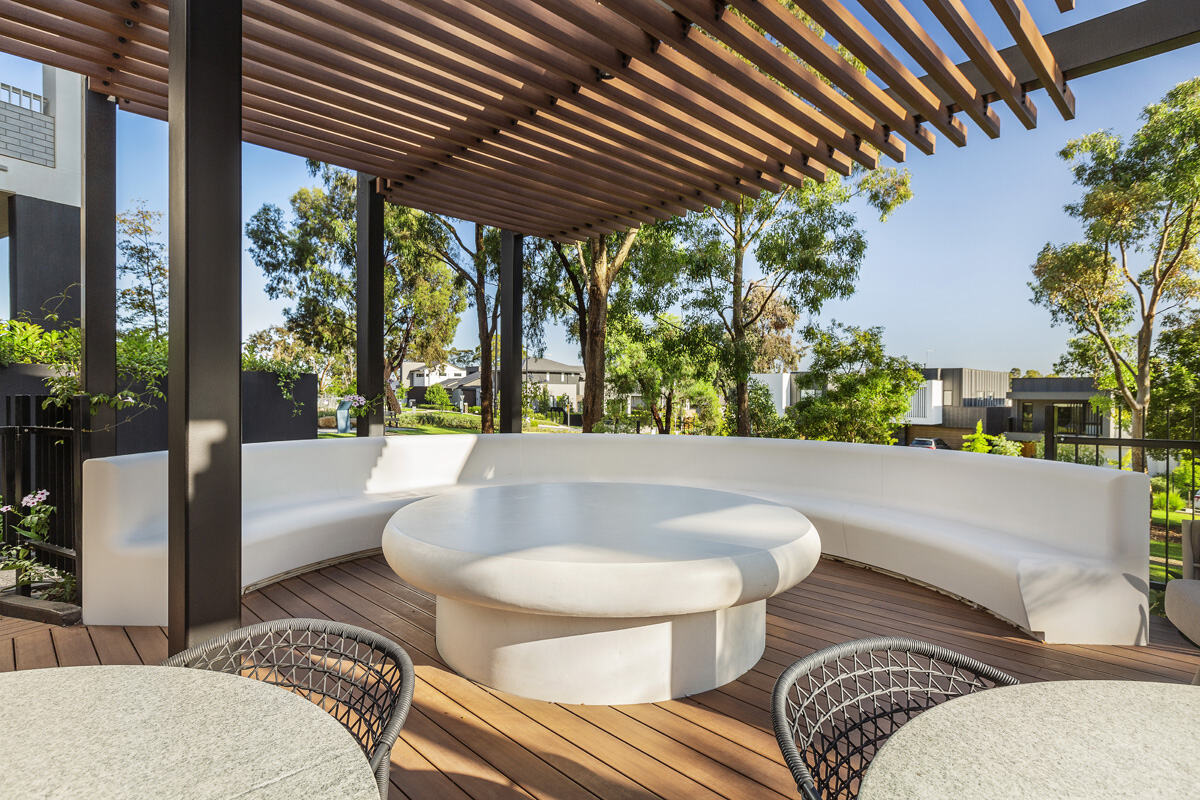
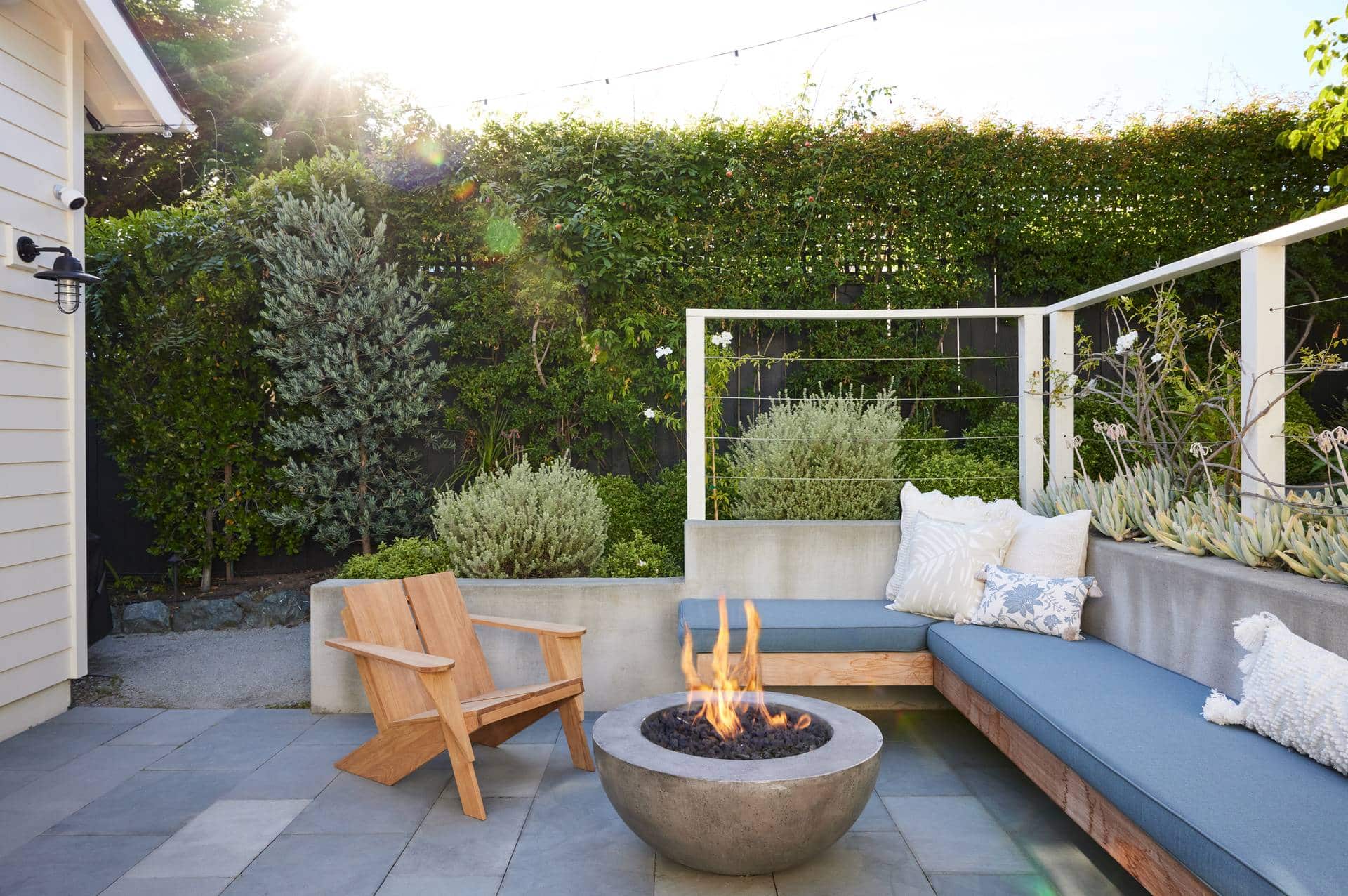
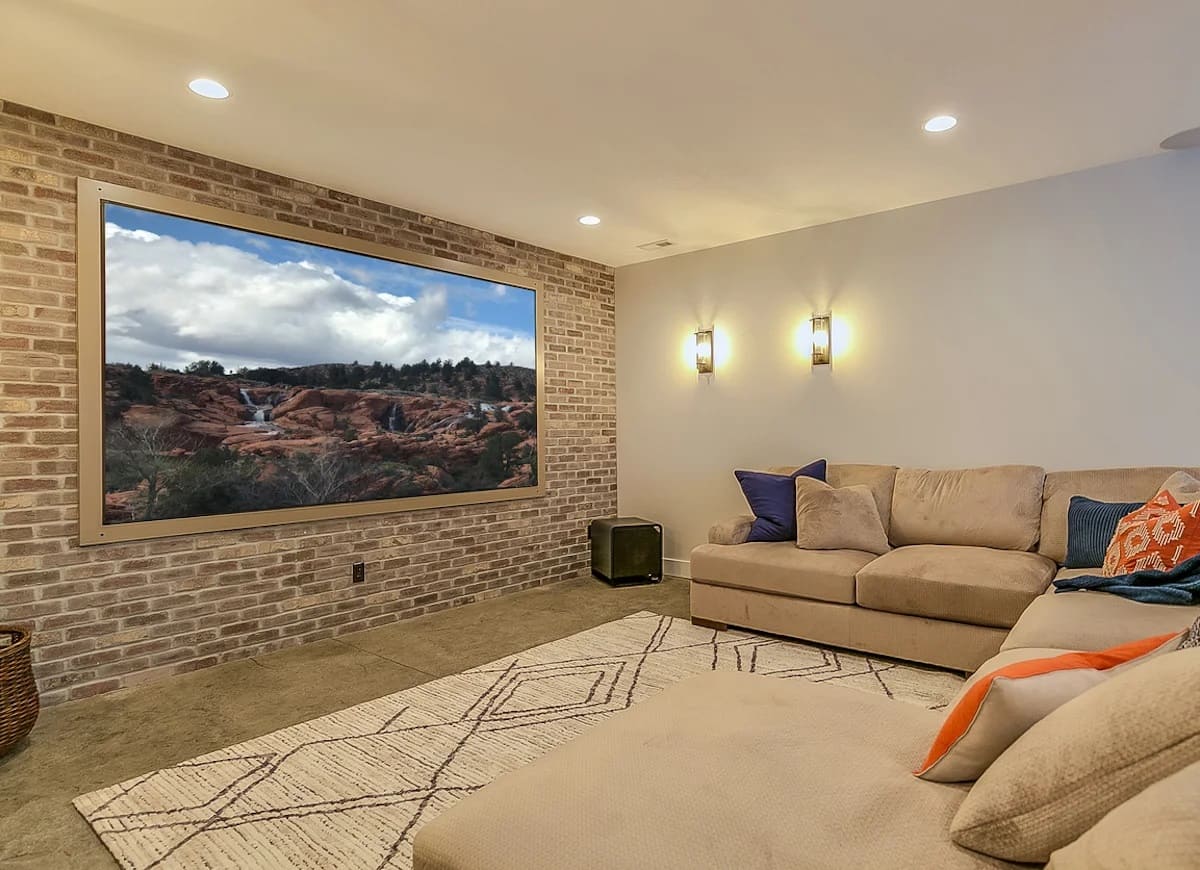
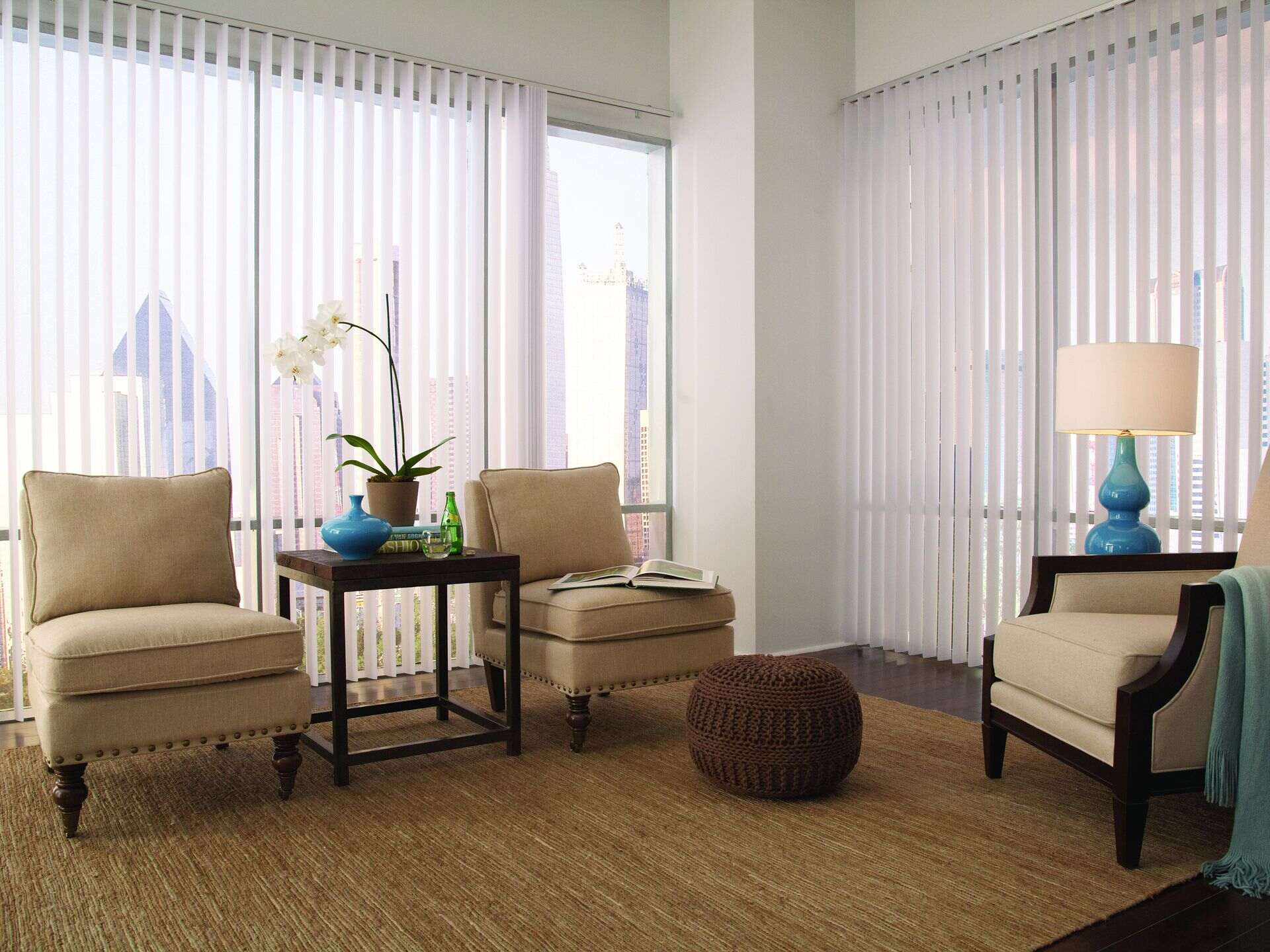
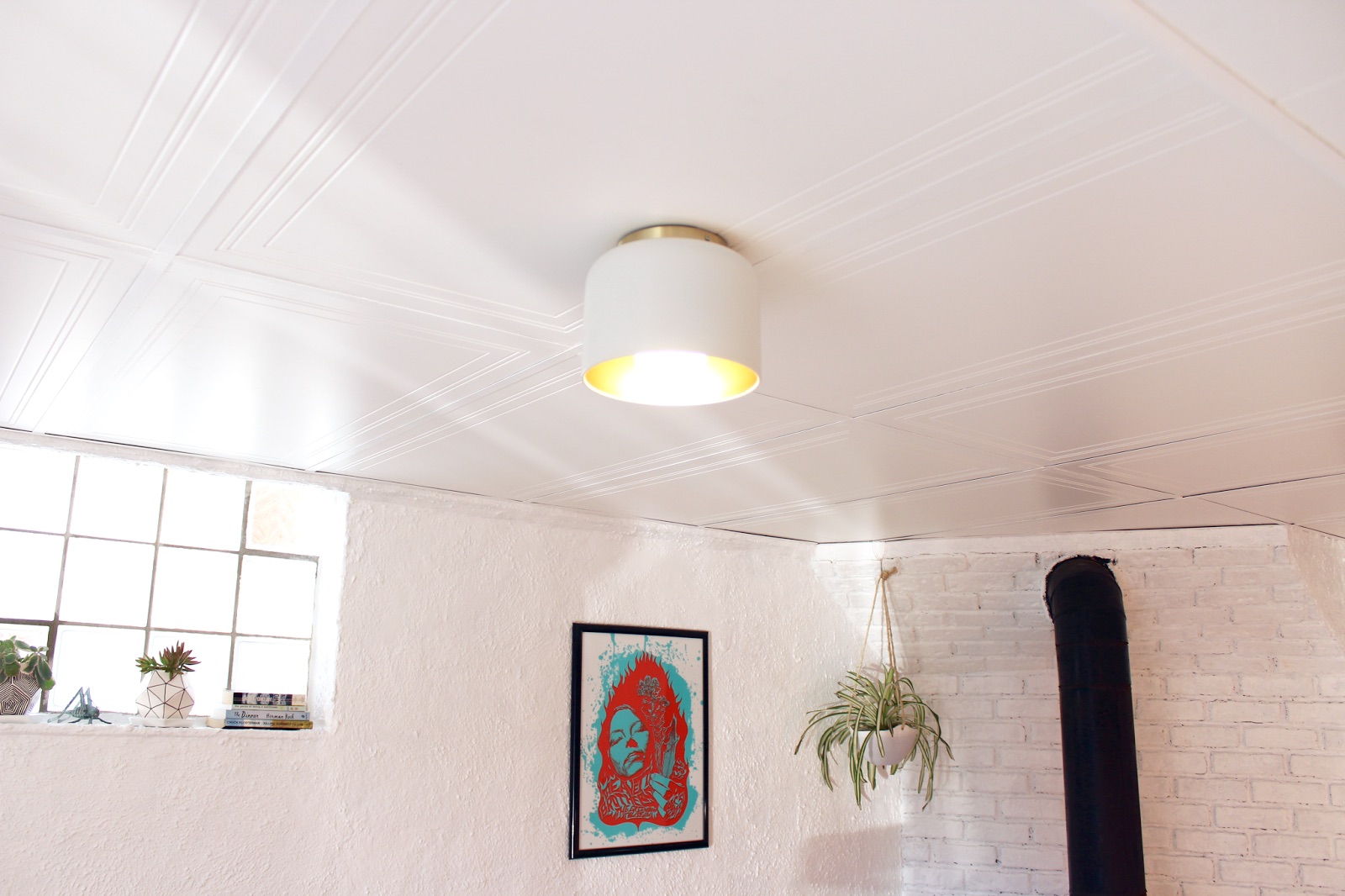

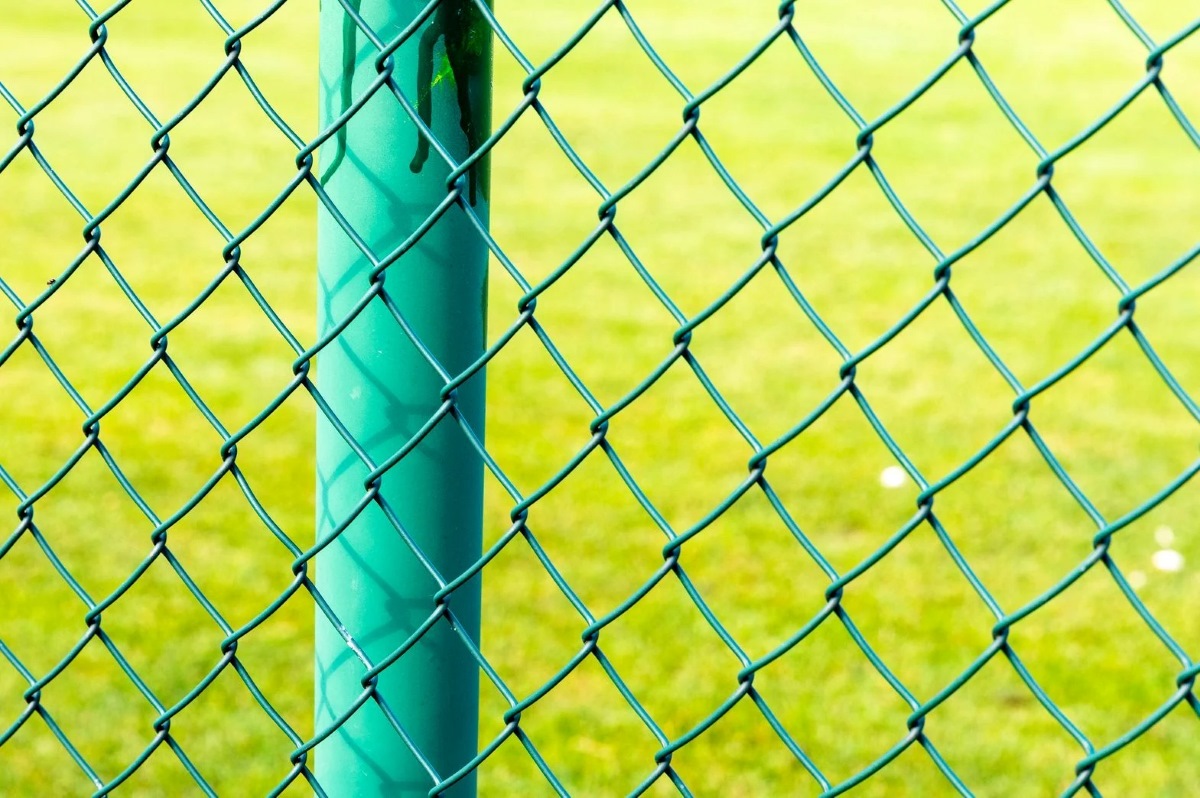



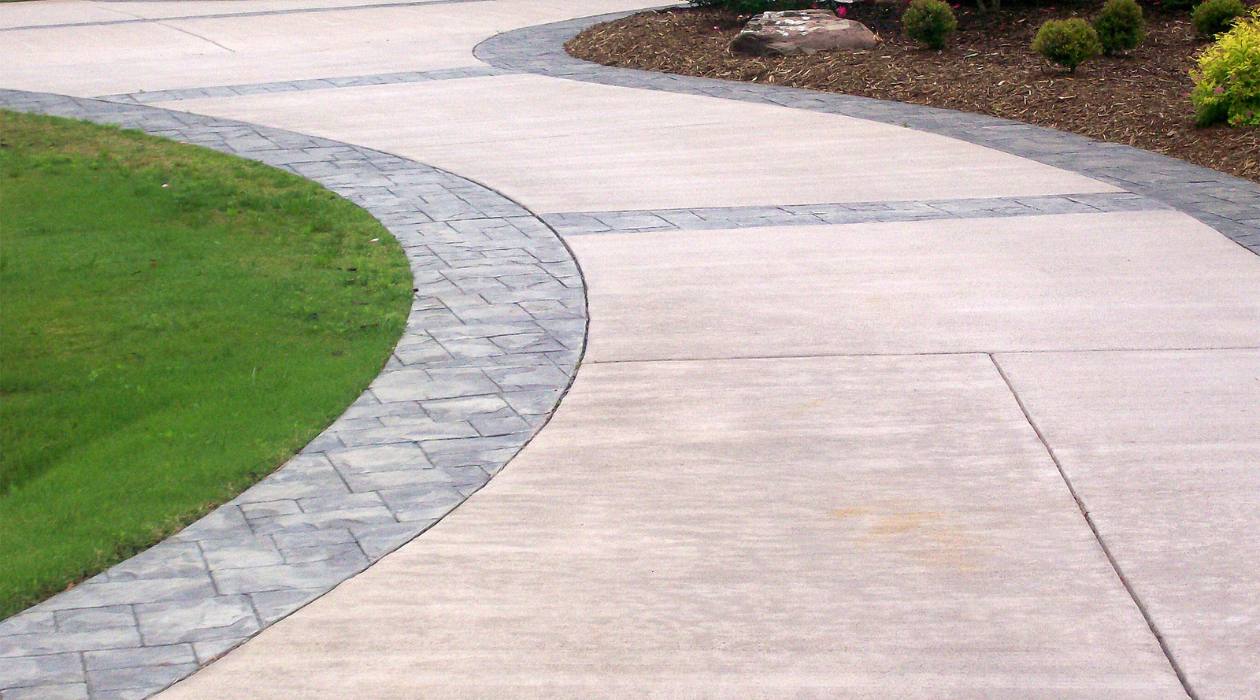
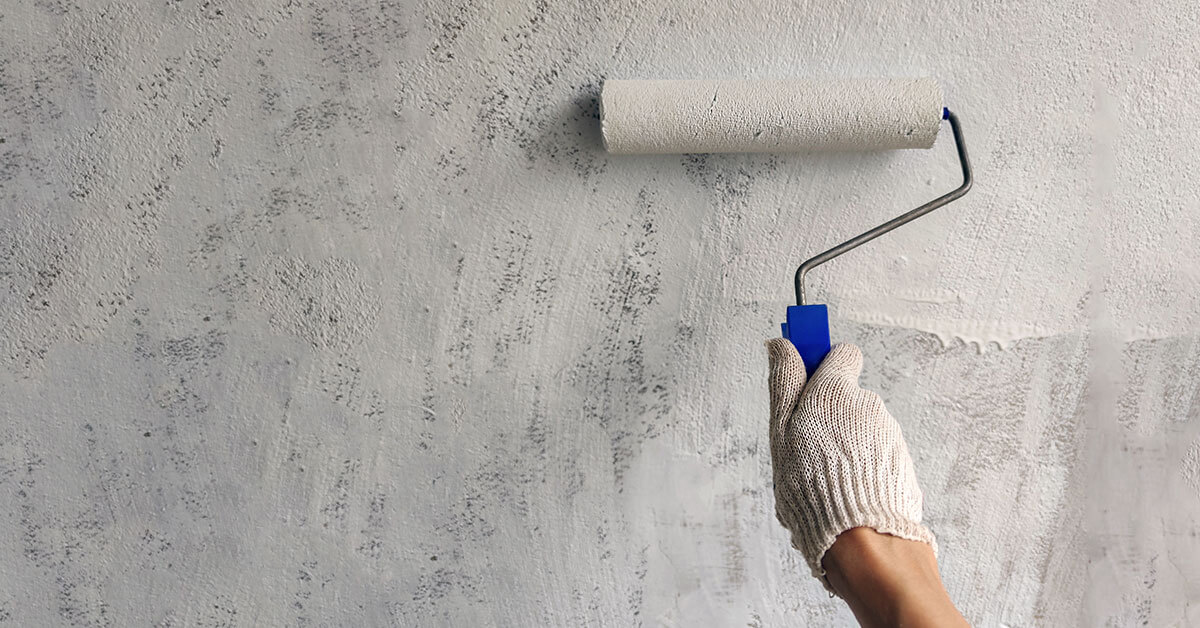

0 thoughts on “How To Make My Concrete Patio Look Better”